EM@3AM: Murine Typhus
EMDocs
DECEMBER 1, 2024
Ischemic Hepatitis and Septic Shock Secondary to Murine Typhus Infection in Pregnancy. 2016 Oct;29(5):433-9. The RUSH exam: Rapid Ultrasound in SHock in the evaluation of the critically lll. Clinical Infectious Diseases , vol. 6, 2008, pp. Oxford University Press. Accessed 19 Aug. 2024 Jun 10;14(2):e185-e187. Blanton LS.




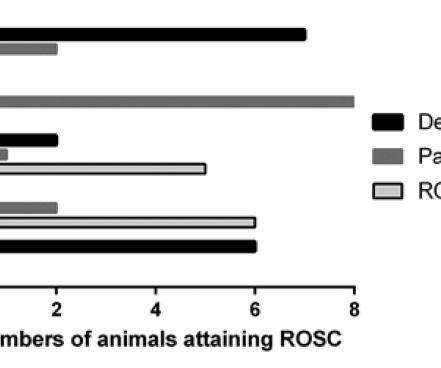
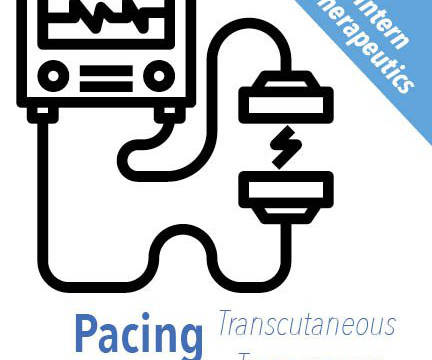












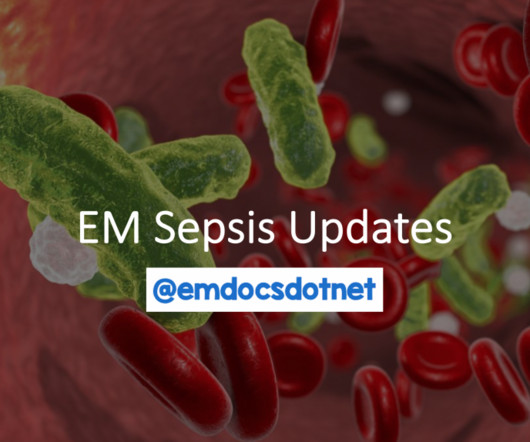






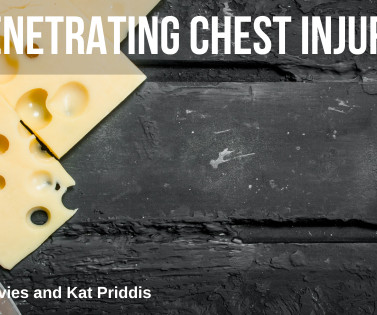






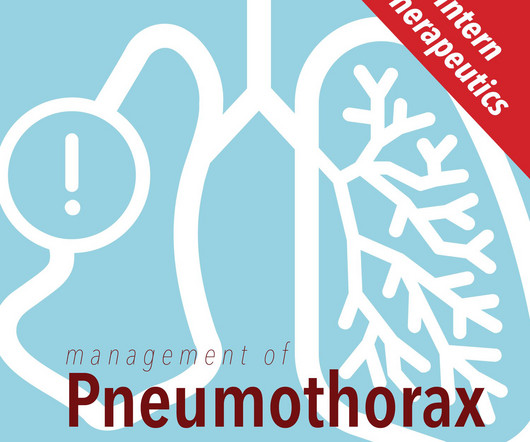









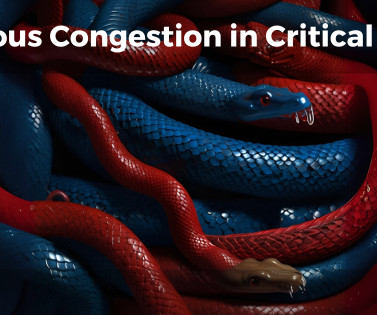
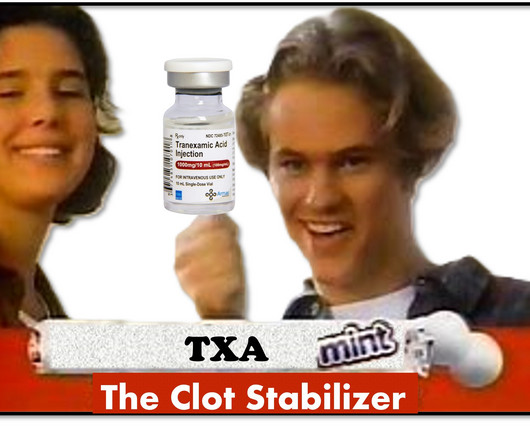






Let's personalize your content